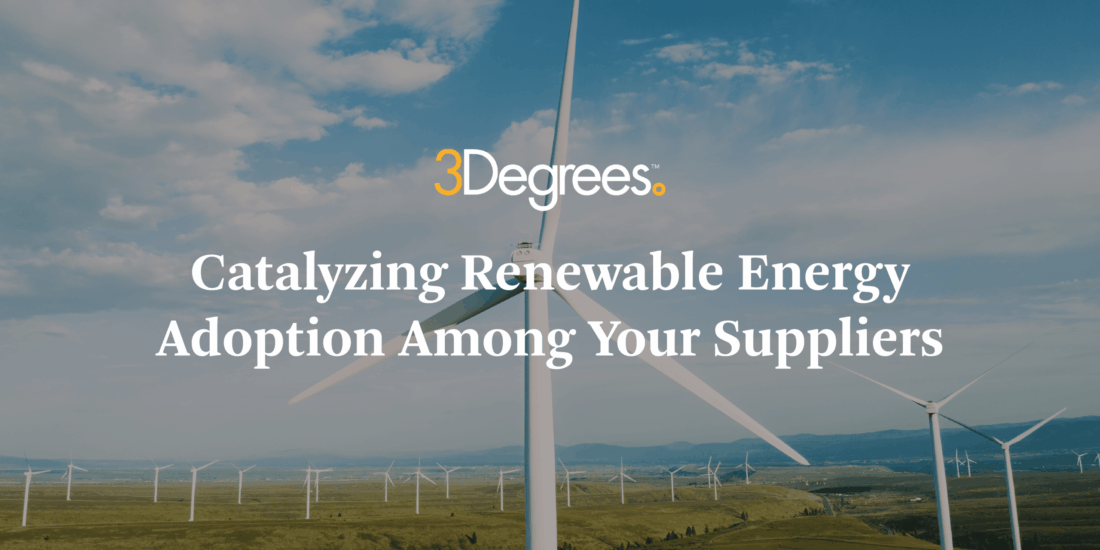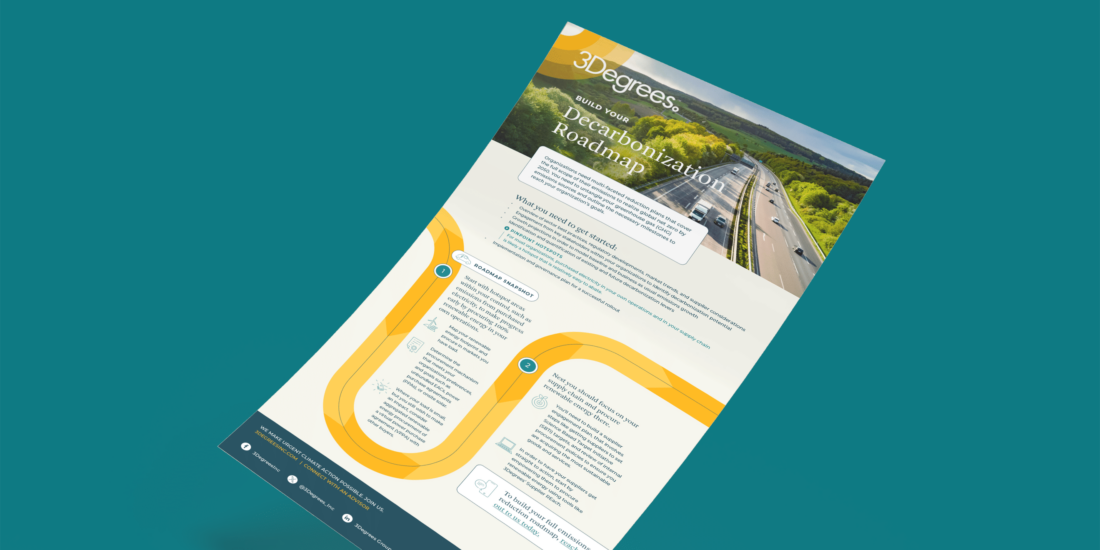

As organizations around the world work together to develop and implement solutions to meet global greenhouse gas (GHG) reduction goals, companies with complex and emissions-intensive supply chains—particularly in the food and beverage industry—often face challenges due to limited levers and resources available to effectively manage their scope 3 emissions. To address this challenge, supply chain […]
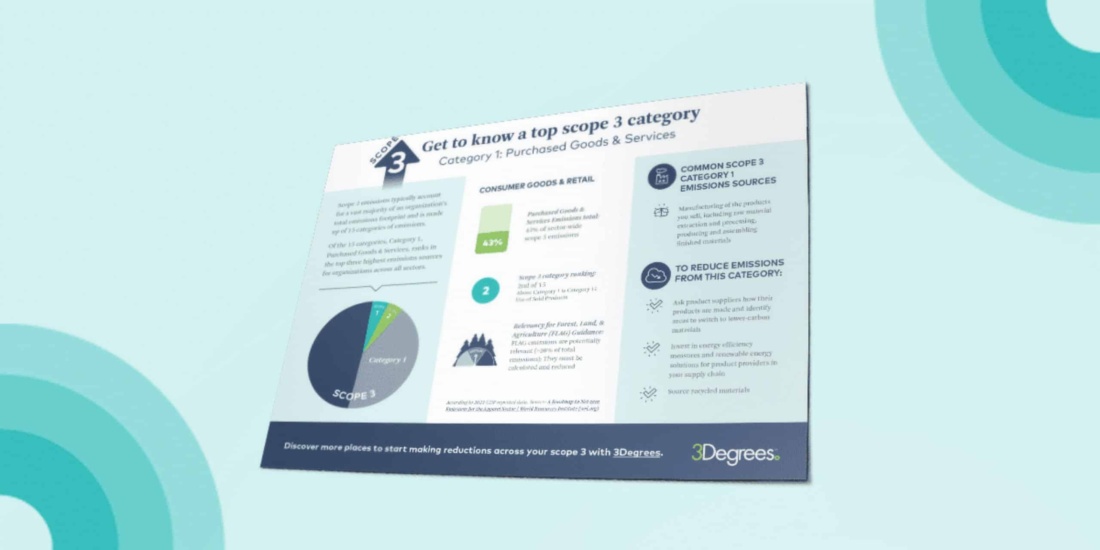
Download our sector-specific guide to learn why Category 1 ranks among the highest scope 3 emissions sources for organizations across all sectors.

What is carbon insetting and how does insetting work? Companies are diligently working to reduce their direct emissions and energy purchases—known as scope 1 and scope 2 emissions—to meet corporate sustainability targets. However, the majority of emissions for most organizations stem from indirect sources within their extensive value chains, categorized as scope 3 emissions. Carbon […]
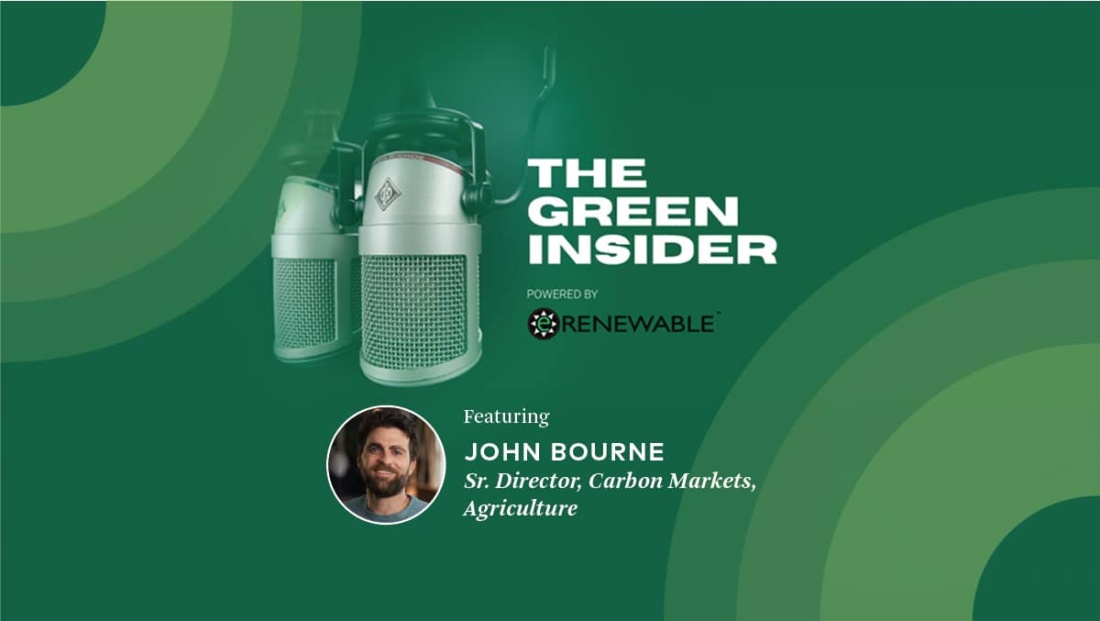
3Degrees’ John Bourne joined Mike Nemer for eRENEWABLE and The Green Insider Podcast, where they discussed carbon insetting and original ways organizations are reducing emissions within their supply chain. Tune in as John explains, what carbon insetting is, how companies are using insetting to make significant impacts within their own supply chain, and the innovative […]

In recent years, companies with agriculture-heavy supply chains have begun taking new approaches to reduce scope 3 emissions. By integrating decarbonization work into the value chains they source from, companies that inset can help expand the adoption of sustainable agricultural practices and offer other organizations linked to agriculture an opportunity to purchase the emissions reductions […]
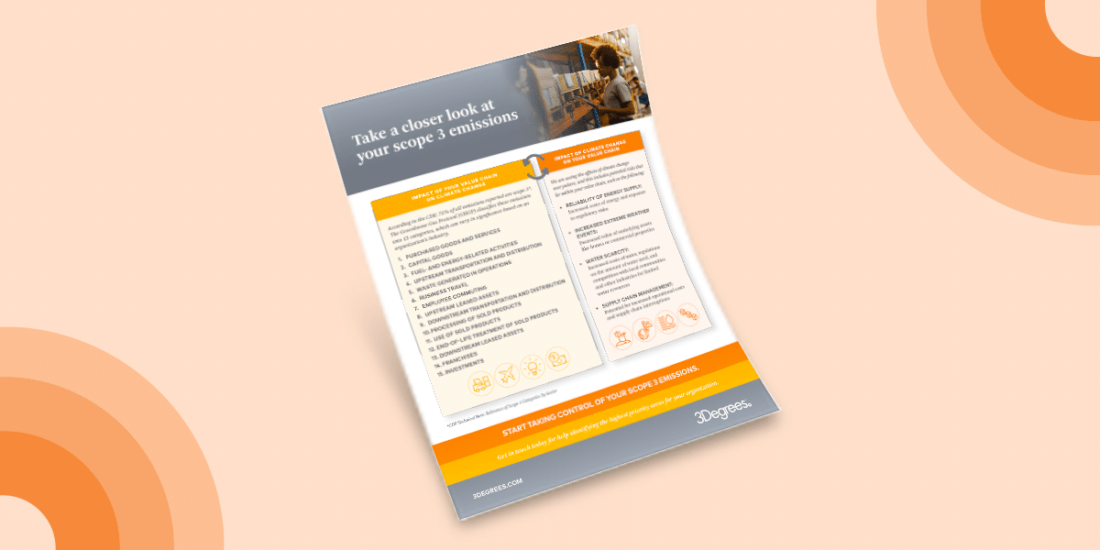
The need for companies to understand the emissions footprint of their value chain is becoming standard practice, but that doesn’t mean it’s easy to do. To best account for the opportunities and risks associated with your scope 3 emissions, organizations need to understand both their value chain’s effect on climate change and the possible effects […]
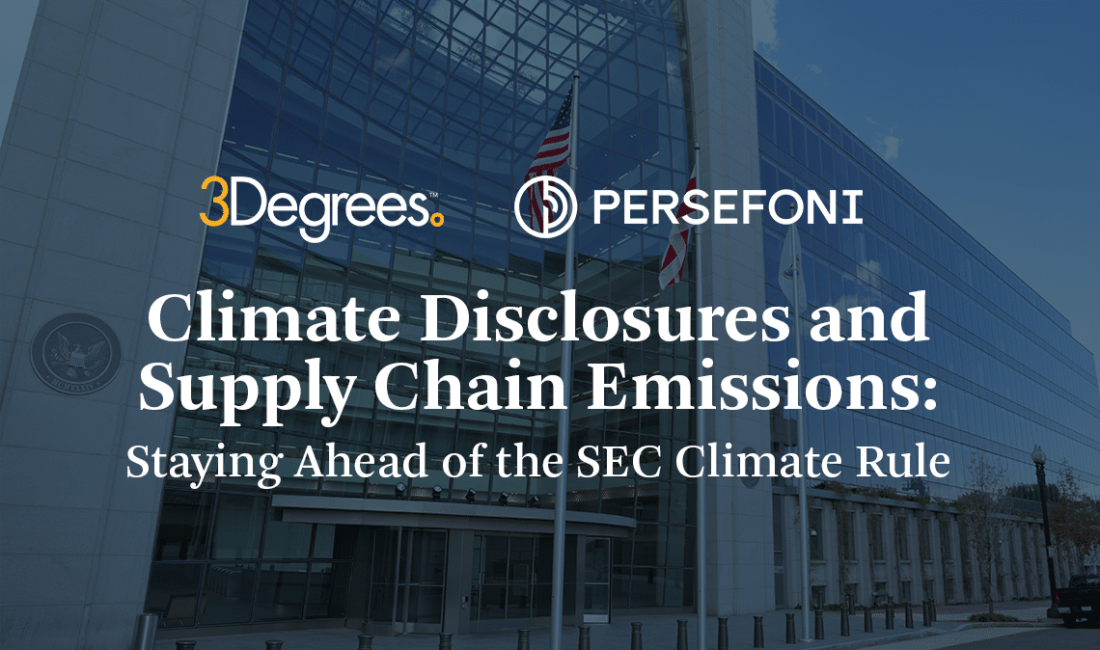
This discussion delves into the upcoming regulations proposed by the United States Securities and Exchange Commission (SEC). These regulations will require publicly-traded organizations to provide detailed disclosure of their climate-related information, including risks that may significantly affect their business and financial condition, as well as greenhouse gas emissions. These changes aim to establish standardized metrics […]
